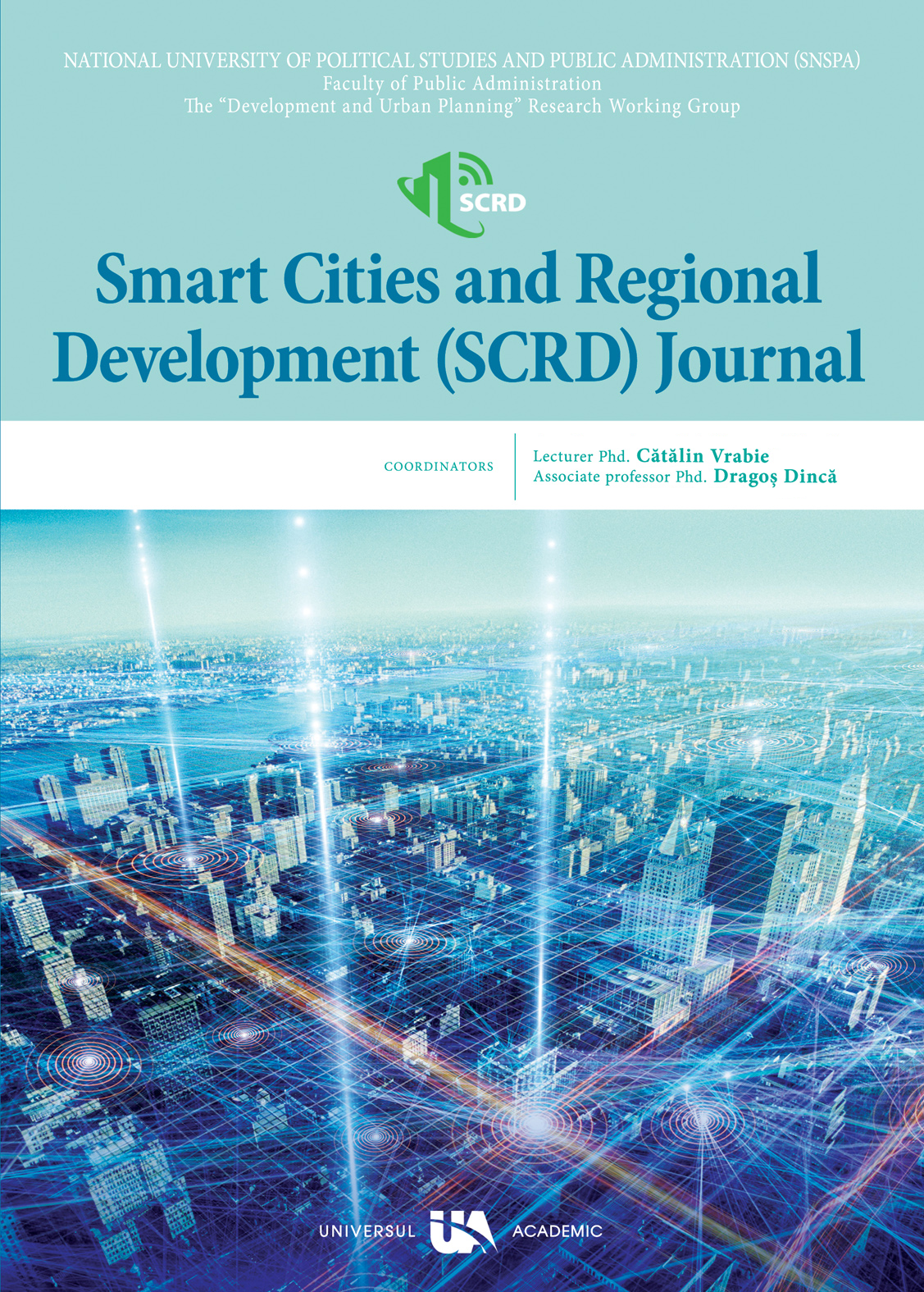Future cities’ architecture, architecture for active and healthy ageing
Future cities’ architecture, architecture for active and healthy ageing
Author(s): Mihaela Zamfir (Grigorescu), Maria MOGLAN, Dragoș Cristian Bogdan, Mihai Viorel ZamfirSubject(s): Politics / Political Sciences, Politics, Social Sciences, Economy, Education, Fine Arts / Performing Arts, Architecture, Geography, Regional studies, National Economy, Energy and Environmental Studies, Environmental Geography, Sociology, Government/Political systems, Applied Sociology, Evaluation research, Crowd Psychology: Mass phenomena and political interactions, Social Informatics, Sociology of Culture, Sociology of the arts, business, education, Economic development, Environmental interactions, ICT Information and Communications Technologies, Socio-Economic Research
Published by: Editura Pro Universitaria
Keywords: built environment; quality of life; participation; interdisciplinarity;
Summary/Abstract: Preamble: The worldwide trend of population ageing and in particular at European level produces paradigm shifts from which architecture is not an exception. According to UN, the percentage of older people (65+) will increase from 9% in 2019 to 16% in 2050 At the European level, the ageing trend is even more pronounced, in 2050 it is estimated that the percentage of older adults will reach 28%. This trend of demographic ageing is accompanied by the trend of urbanization.Objective: The paper investigates interdisciplinarly the way in which the architecture of the cities can intelligently support an active and healthy ageing, bringing into discussion the perspective of the age in the architecture.Preliminary studies: The paper starts from the relation of the concept of age-friendly with cities, architecture, communities, public space and is based on a critical appraisal of the literature in this research niche.Materials and Methods: The research is interdisciplinary, architecture-medicine-psychology-social gerontology-kinetotherapy, describing the aspects of ageing that architecture must take into account. Case studies are used, moving from residential to public space.Results: The present research proves the importance of the built environment both urban level and architectural object for a healthy lifestyle and a continuous participation in the city life. Models of good practice in Western Europe that provide opportunities for health, participation and security are revealed.Conclusions: The perspective of the age in architecture represents a change of paradigm essential for adapting the cities of the future. It is imperative the built environment to take into account the new age pyramid, to support the extension of active and healthy life and to contribute to the compression of morbidity. The architecture of the future’a cities should encourage active ageing, optimizing the opportunities for health, autonomy, participation and security in order to increase the quality of life and well-being.
Journal: ORAȘE INTELIGENTE ȘI DEZVOLTARE REGIONALĂ
- Issue Year: IV/2020
- Issue No: 02
- Page Range: 103-116
- Page Count: 14
- Language: English

